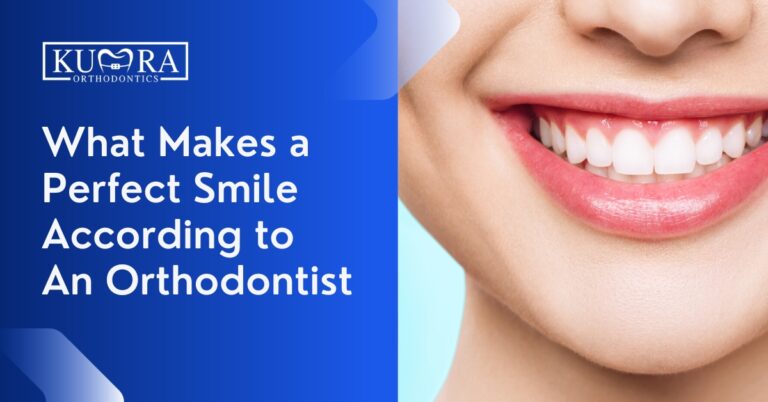Some Known Questions About Legacy Orthodontics.
Some Known Questions About Legacy Orthodontics.
Blog Article
6 Simple Techniques For Legacy Orthodontics
Table of ContentsThe Greatest Guide To Legacy Orthodontics5 Easy Facts About Legacy Orthodontics ShownAll About Legacy OrthodonticsSome Of Legacy OrthodonticsUnknown Facts About Legacy Orthodontics
In addition, we offer flexible treatment routines, flexible settlement options and a fun, pleasurable experience.An orthodontist is a dental professional trained to detect, stop, and deal with teeth and jaw irregularities. Orthodontists function with people of all ages, from kids to adults.
Malocclusion, or misaligned teeth, can bring about dental problems, consisting of dental caries, gum illness, and challenging or agonizing chewing. Yet not everyone is born with straight teeth. If you have a negative bite or large areas between your teeth, you may desire to seek advice from a dental practitioner concentrating on orthodontic treatment.
How Legacy Orthodontics can Save You Time, Stress, and Money.
( Image Credit Score: DigitalVision/Getty Images) Orthodontists make use of fixed and removable dental gadgets, like dental braces, retainers, and bands, to transform the placement of teeth in your mouth. Orthodontic therapy is for dental irregularities, consisting of: Crooked teethBite issues, like an overbite or an underbiteCrowded teeth or teeth that are also far apartJaw misalignmentThe objective of orthodontic therapy is to enhance your bite.
While you may believe of orthodontists as primarily for kids or teens that require dental braces, they can correct dental problems at any type of age. Orthodontists go to college, oral school, and orthodontic institution.
All orthodontists are dental practitioners, yet not all dental experts are orthodontists. Orthodontic residency programs supply extensive, focused direction for dental specialists. They concentrate on 2 areas: How to appropriately and safely move teeth Exactly how to correctly direct growth in the teeth, jaw, and faceOnce an orthodontist has completed training, they have the option to become board licensed.
Some Of Legacy Orthodontics
Imbalance, or malocclusion, is one of the most typical factor people see an orthodontist. It is hereditary and is the outcome of dimension differences in between the upper and lower jaw or in between the jaw and teeth. Malocclusion leads to tooth overcrowding, an irregular jaw, or uneven bite patterns. Malocclusion is typically treated with: Your orthodontist affixes metal, ceramic, or plastic square bonds to your teeth.
If you have only small malocclusion, you might be able to utilize clear dental braces, called aligners, rather than typical dental braces (https://businesslistingplus.com/profile/legacyortho/). Some people require a headgear to help relocate teeth right into line with stress from outside the mouth. After dental braces or aligners, you'll require to use a retainer. A retainer is a custom-made tool that keeps your teeth in position.
They can create extra room in the mouth without having to pull teeth. Orthodontists use wires, medical screws, or plates to support your jaw bone.
You may require to see an orthodontist if you have: Crowding or otherwise enough space for all of your teethOverbite, when your upper teeth come over your bottom teethUnderbite, when your bottom teeth are also far forwardSpacing or issues with gapsCrossbite, which is when your upper teeth fit behind your bottom teeth when your mouth is closedOpen bite or a vertical gap in between your front base and upper teethMisplaced midline, when the center of additional reading your base and upper teeth do not line up Fixing a dental malocclusion can: Make attacking, chewing, and talking easierImprove the balance of our face and your total appearanceEase discomfort from temporomandibular joint problemsDifferent your teeth and make them much easier to cleanse, helping protect against dental caries or dental caries It's often a dental practitioner who first notifications misaligned teeth throughout a routine exam.
A Biased View of Legacy Orthodontics

During your first orthodontic appointment, you'll likely have: A dental examPhotos taken of your face and smileDental X-raysPanoramic (360 level) X-rays of your face and headImpressions to create mold and mildews of your teethThese examinations will certainly help your orthodontist know just how to continue with your treatment. leesburg clear braces. An orthodontist is a dentist who's had training to treat your teeth and jaw
Orthodontists might perform surgical procedure, exams,X-rays,and even more to help you achieve a more comfortable, healthier smile. An orthodontist is concentrated on your bite, so something like a broken tooth would be handled by a dental professional. Orthodontists are dental professionals but not all dental practitioners are orthodontists. Orthodontists are focused on your bite, or the method your teeth fit together, and the straightness of your teeth.
Ever questioned exactly how celebs always appear to have completely straightened teeth? Orthodontists are dental experts that focus on fixing abnormalities in the teeth and jaws.
The Basic Principles Of Legacy Orthodontics

, orthodontists have a diverse toolkit at their disposal. These reliable braces make use of a system of braces bonded to the teeth and linked by wires.
Clear aligners, like Invisalign, are a prominent choice for individuals seeking an extra very discreet therapy option. These removable trays are custom-made to considerably change the teeth's setting. Headwear might be used in combination with dental braces or aligners to apply extra targeted pressures, particularly for fixing jaw inconsistencies. In instances of slim jaws, palatal expanders can be made use of to develop space for proper tooth alignment.
Report this page